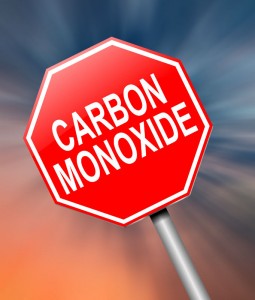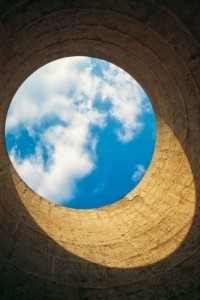Carbon Monoxide Dangers
Your home is your safe place, where you and your family gather to spend time together and enjoy each other’s company. Because of this, you want to keep your home as safe and free from harm as possible. There are many dangers present inside a home, and a little due diligence, care and maintenance can help protect you and your family from harm.
Carbon Monoxide: A Silent Killer
Carbon monoxide is a big concern for many homeowners, because they know it is something to fear but don’t necessarily understand what it is. Simply put, carbon monoxide is a colorless and odorless gas that is extremely poisonous. Carbon monoxide is most commonly produced from fuels that have not been burned completely such as wood, oil, natural gas and charcoal. Appliances that use these types of fuel can leave behind carbon monoxide and should be handled with extreme care.
Carbon Monoxide And Wood-Burning Heaters
Fireplaces and wood-burning stoves are of particular concern to many homeowners because they can emit carbon monoxide. This is of even greater concern during the winter months when wood-burning appliances are more frequently used to heat homes across the US. Luckily for homeowners, there are many things you can do to prevent dangerous carbon monoxide from entering your home.
Safe Wood-Burning Practices
With some simple safe practices, you can alleviate the risk of carbon monoxide. First and foremost, use your fireplace or wood stove according to the manufacturer’s instructions, and only use wood-burning heating appliances you are completely confident you know how to operate. Unsafe handling of any wood stove or fireplace is a surefire way to use it incorrectly and unsafely.
Additionally, always store your wood outdoors where it is protected from the elements because seasoned wood that is properly dried will burn hotter than other types of wood. The Environmental Protection Agency recommends a moisture content of less than twenty percent. You want to burn fires that are as hot as possible, and dry wood, as well as dry kindling is the first step to that. Never burn wood that is rotted, moldy or wet. Other safe burning practices include:
Making sure your fires are lit in a well-ventilated area.
Never burning painted, pressure-treated wood or particleboard because these will emit chemicals.
Never burn household garbage in your heating appliance.
Regularly remove ashes from the firebox.
Burn fires as hot as possible. Remember, a smoldering fire may not be a safe fire.
You also want to keep your fireplace/stove and chimney as clean as possible to allow fires to burn extremely hot. A professional chimney sweeping company like Chief Chimney Services, Inc in Suffolk County is committed to keeping your chimney clean, professionally swept and free of any harmful residue. We want your fireplace to work efficiently, but more important than that, we are passionate about keeping you and your family safe from harmful build-up and the potential threat of carbon monoxide poisoning. Take every preventative measure possible when it comes to keeping your home safe, and start with a clean, efficient fireplace or stove that your family can enjoy for years to come.










